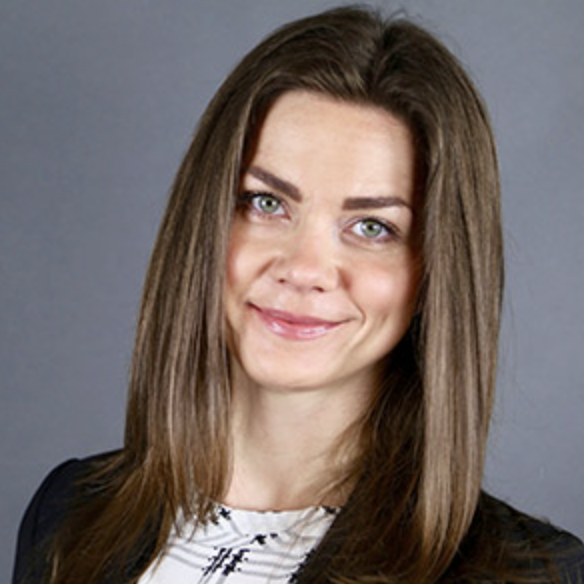It is an open secret that Russian elites used their vast wealth to buy assets and prestige in the West. But the Russian influence did not stop there. Gerhard Schroeder, a former Chancellor of Germany and now the chair of Russia’s Gazprom subsidiary in Germany, is not alone in exemplifying political corruption. One could ignore these displays of odious behavior before, but not now.
In the new reality where Russia invaded Ukraine and threatens a nuclear attack on other countries, it is important to understand how far the tentacles of Russian money extend in the West. It is equally important to identify stashes of dirty Russian wealth to limit the ability of Putin’s regime to fund his aggressive war in Ukraine.
One may think that the world has not been in situations like this before, but there are a number of precedents that can inform policy today. For example, the US government was concerned that Nazi Germany and other Axis countries could use their US assets (money, shares, patents, etc.) to destabilize the US economy, undermine political processes, and fund espionage. To address these concerns, the US government called for a census of foreign assets on Jun 14, 1941. Anything with value greater than $1,000 (about 20,000 in present dollars) was to be declared. The identified foreign-woned assets amounted to approximately 2.5% of US gross domestic product (this share would correspond to more than $600 billion today), a significant sum given that the world was not as financially integrated as it is today. This information proved to be instrumental after the attack on Pearl Harbor as the US government could quickly seize (“vest”) the property of any foreign national or country. The Office of Alien Property Custodian controlled the seized assets, which were used to pay for war damages after the end of hostilities. Given the limited information technology at the time, the census was a monumental task, but it gave a clear picture of where the money was and prepared the ground for future policies.
Note that this census was ordered before militaristic Japan attacked Pearl Harbor and Nazi Germany declared war on the US. In other words, the census was done in anticipation of future confrontations. The aggressive behavior of Putin’s regime now leaves few illusions about how “friendly” Russian intentions are towards the West. In fact, Putin was rather transparent about his grandiose plans: to return Russia the power it lost after the collapse of the USSR at any cost. Putin’s stated targets include other countries in the former socialist bloc, some of which are NATO members. Putin also threatened neutral Sweden and Finland with politico-military consequences if they decide to join NATO. Hence, it is critical to not lose any more precious time and to do a thorough inventory of foreign assets immediately.
The infrastructure for this inventory is largely in place. The anti-money-laundering tools require financial intermediaries and registries to “know their clients.” In other words, the government can establish the ultimate owner of an asset. Obviously, Russians did not put all their eggs in one basket, and hence there is a need for a coordinated effort across advanced economies to limit the ability to conceal assets. One can scrutinize assets with value greater than a relatively low threshold (e.g., $1 million) to further limit evasion. The governments can freeze or seize assets as necessary to raise the cost of war for Russia. Finally, these policy measures can provide more targeted sanctions because they are more likely to affect those who benefit from Putin’s regime.
The arrested multi-million-dollar yachts and villas of Russian oligarchs give an early taste of how much money may be involved. But in all likelihood this is only the tip of the iceberg and the civilized world should not become a Titanic.
Authors: Yuriy Gorodnichenko (UC Berkeley), in collaboration with Tania Babina (Columbia University), Tetyana Balyuk (Emory University), Anastassia Fedyk (UC Berkeley), and James Hodson (AI for Good Foundation).
Attention
The authors do not work for, consult to, own shares in or receive funding from any company or organization that would benefit from this article, and have no relevant affiliations




